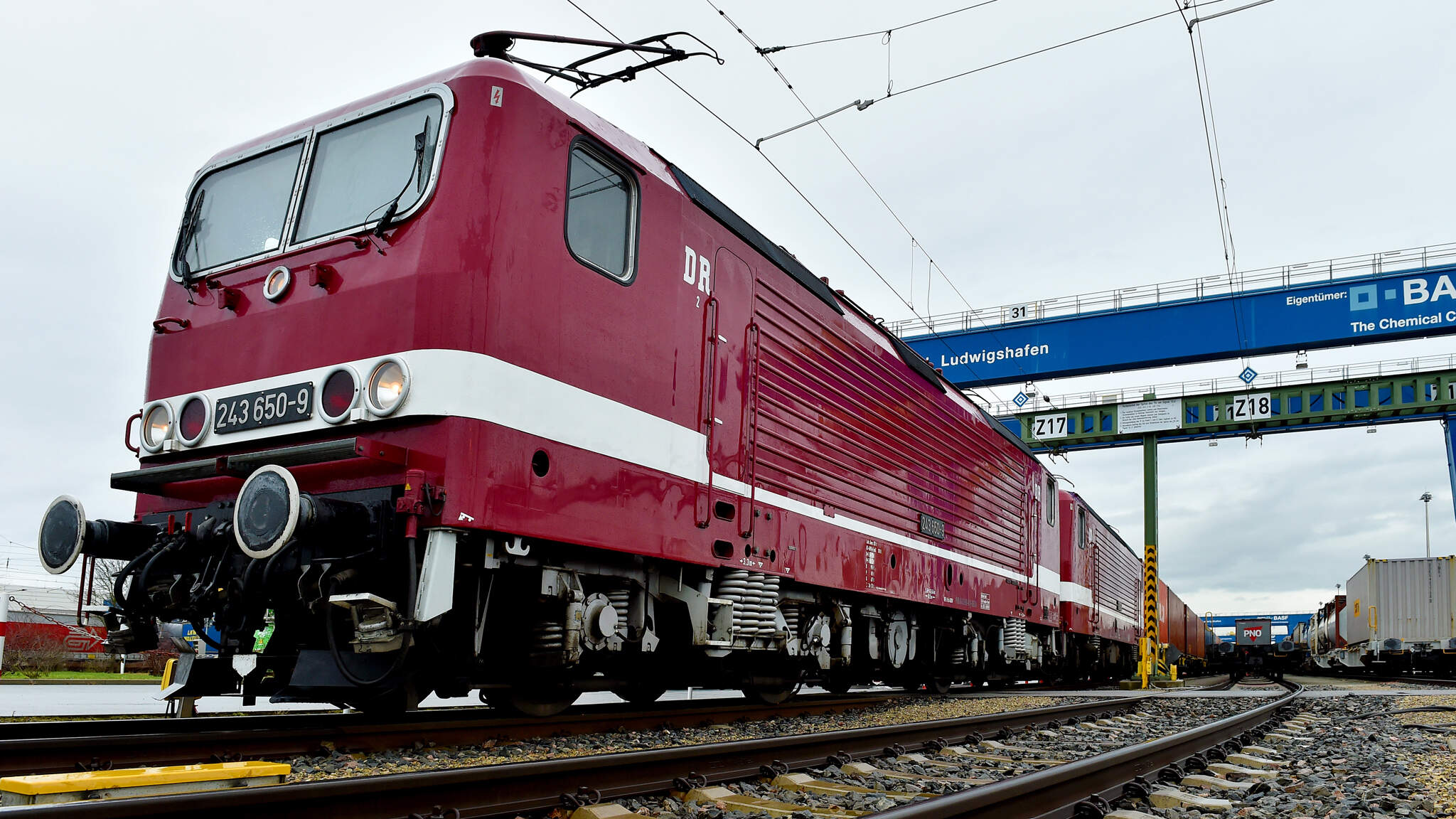Dachser organizes transportation by block train along the New Silk Road
DACHSER Rail Services transport chemical products to the Chinese market from Ludwigshafen in Germany in half the time.
BASF entrusted its long-standing logistics provider Dachser to handle a first block train to China. The train of 42 containers carrying BASF products arrived in the Chinese city of Xi´an. Dachser took take care of all organizational aspects—including coordination with train operator RTSB GmbH, customs clearance, and distribution of the goods in China.

Starting at the KTL Kombi-Terminal Ludwigshafen and making its way to China via Poland, Belarus, Russia, and Kazakhstan, the block train’s journey took just 14 days—more than two weeks faster than it would have by container ship. The rail transport via the “New Silk Road” is particularly interesting for chemical companies whose production sites are located in rural areas of China, far away from the seaports.
The KTL terminal in Ludwigshafen plays a key role in BASF’s logistics concept. It serves as a hub, where BASF bundles European cargo and loads the containers onto the trains. Germany’s largest inland terminal is directly adjacent to BASF’s main plant. Up to 30 trains bound for over 20 economic centers across Europe depart from the terminal every day.

“Faster than sea freight, cheaper than air freight, easy to schedule, and reliable: when it comes to fulfilling certain logistics requirements, rail transport to China along the New Silk Road is an excellent alternative to air and sea freight that adds value,” explains Thomas Krüger, Managing Director, Dachser Air & Sea Logistics EMEA. “Demand for DACHSER Rail Services is growing all the time, and we’re especially delighted to have a global market leader like BASF place its trust in our solutions.”
Thomas Kruger, Managing Director, Dachser Air & Sea Logistics EMEAWeekly departures to begin following start-up phase
Because rail gauges vary in size along the route, the containers are reloaded onto different trains in the Polish village of Małaszewicze and at the Kazakh border with China. Measuring some 40 feet in height, the cube containers are loaded primarily with granulates, fuel additives, and catalysts. The train’s final destination was the city of Xi’an in central China.
From there, Dachser North China handled customs clearance and distribution of the BASF goods to their recipients by truck. In the start-up phase, more train departures from Ludwigshafen to Xi`an are scheduled
Taking a long-standing partnership to the next level
For several decades, Dachser has been collaborating closely with BASF to transport palleted chemical products within Europe and store them safely. Dachser operates two warehouses for hazardous materials: one in Hungary and one in Romania. Both meet the highest safety standards and their performance has been evaluated in accordance with SQAS. “The first train to Xi’an has taken our logistics partnership with BASF to a new level,” says Michael Kriegel, Department Head Dachser Chem-Logistics. Dachser’s industry solution combines standardized logistics services and expertise in handling dangerous goods in a global network with bespoke solutions for customers from the chemical industry.
About Dachser:
A family-owned company headquartered in Kempten, Germany, Dachser offers transport logistics, warehousing, and customer-specific services in two business fields: Dachser Air & Sea Logistics and Dachser Road Logistics.
Thanks to some 30,600 employees at 399 locations all over the globe, Dachser generated consolidated net revenue of approximately EUR 5.6 billion in 2018. That same year, the logistics provider handled a total of 83.7 million shipments weighing 41.3 million metric tons. Country organizations represent Dachser in 44 countries.
For more information about Dachser, please visit www.dachser.com